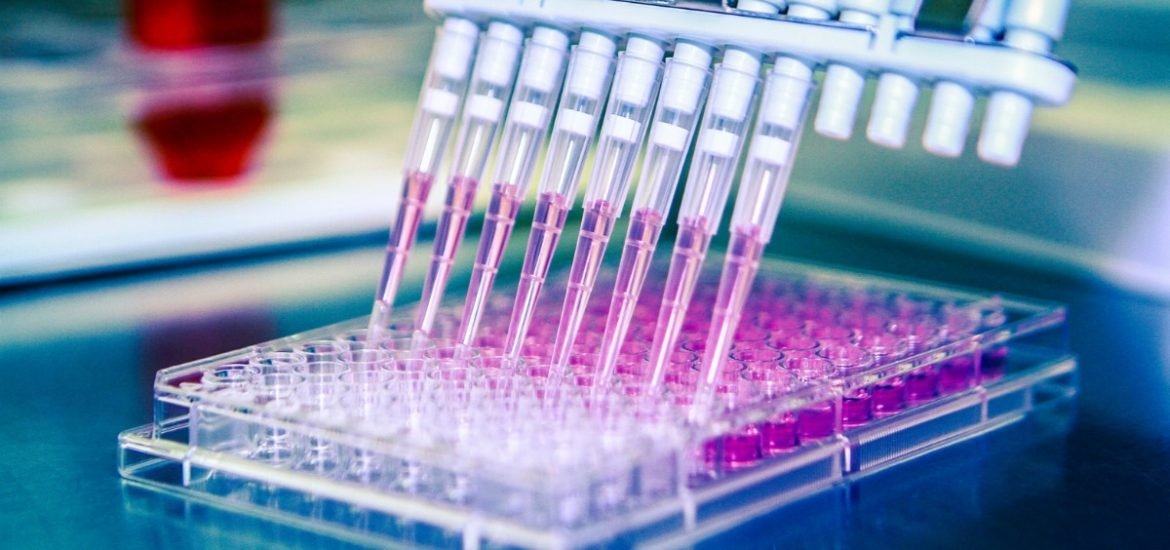
The first completely artificial designer proteins have potentially opened up the door to a new era of precision cell therapies. Using a novel plug-and-play approach, scientists can achieve precise control over the behaviour of living cells. The so-called de novo protein switch is presented in two complementary papers published on 25 July in Nature (1,2).
The artificial proteins — known as Latching Orthogonal Cage-Key pRoteins or LOCKR proteins — are first designed on a computer and synthesized in the lab. And can then be used to build feedback circuits inside cells.
Scientists already use a cache of naturally occurring molecules that are synthesised and repurposed in the lab. However, this time, the team of bioengineers from the University of California and the University of Washington have designed proteins that are completely artificial. In other words, there is no counterpart found in nature. And this could open up some immense possibilities.
The technique basically works like a lock and key – the barrel-shaped protein will not open unless it encounters the right molecule or “key” inside the cell. Once the barrel is opened, it reveals a molecule that can be engineered to control virtually any cellular process. In this way, scientists can endow the cells with unique and remarkable abilities.
Thus, the authors suggest that “a toolkit of de novo-designed proteins could catalyse future applications of engineered cells in the same way that modular electronic parts have enabled the expansion of the semiconductor industry”.
Being able to control the protein design process from start to finish offers previously unimaginable control over how the protein affects the various components inside a cell. And therefore, the power to solve previously unsolvable problems in medicine, human health, and indeed many areas of biology and industry.
The novel LOCKR proteins behave in much the same way as a simple electric switch, which means they can be switched “on” or “off”. And could potentially be used to build entire control circuits, similar to the electrical circuits that power electronics, such as mobile phones and computers – miniaturized switches are the basic building block of all modern electronics. But in this case, an equivalent biological circuit is built inside a cell.
“The ability to design switchable protein functions that are controlled by induced conformational change is a milestone for de novo protein design, and opens up new avenues for synthetic biology and cell engineering,” the authors write.
The researchers believe these “smart cells” might one day be deployed to treat a range of currently untreatable disease, like cancers and various autoimmune diseases. The proteins could be used to “compose increasingly sophisticated circuits, which may very well usher in a new generation of smart, precise and robust live cell therapies,” says co-author Prof El-Samad of University of California San Fransisco. And could, therefore, have important implications in human health, biology, and medicine.
(1) Langan, R.A. et al. De novo design of bioactive protein switches. Nature (2019). DOI: 10.1038/s41586-019-1432-8
(2) Ng, A.H. et al. Modular and tunable biological feedback control using a de novo protein switch. Nature, 2019; DOI: 10.1038/s41586-019-1425-7